Understanding how long to rest a brisket is critical to serving a juicy result. Whether you are cooking a brisket in the oven overnight or placing it in the smoker, properly resting the meat is the difference between tender, juicy flavors and tough, chewy textures. In this guide, you’ll find information on how to properly rest brisket, how to select the best brisket, tips for buying brisket, and more.
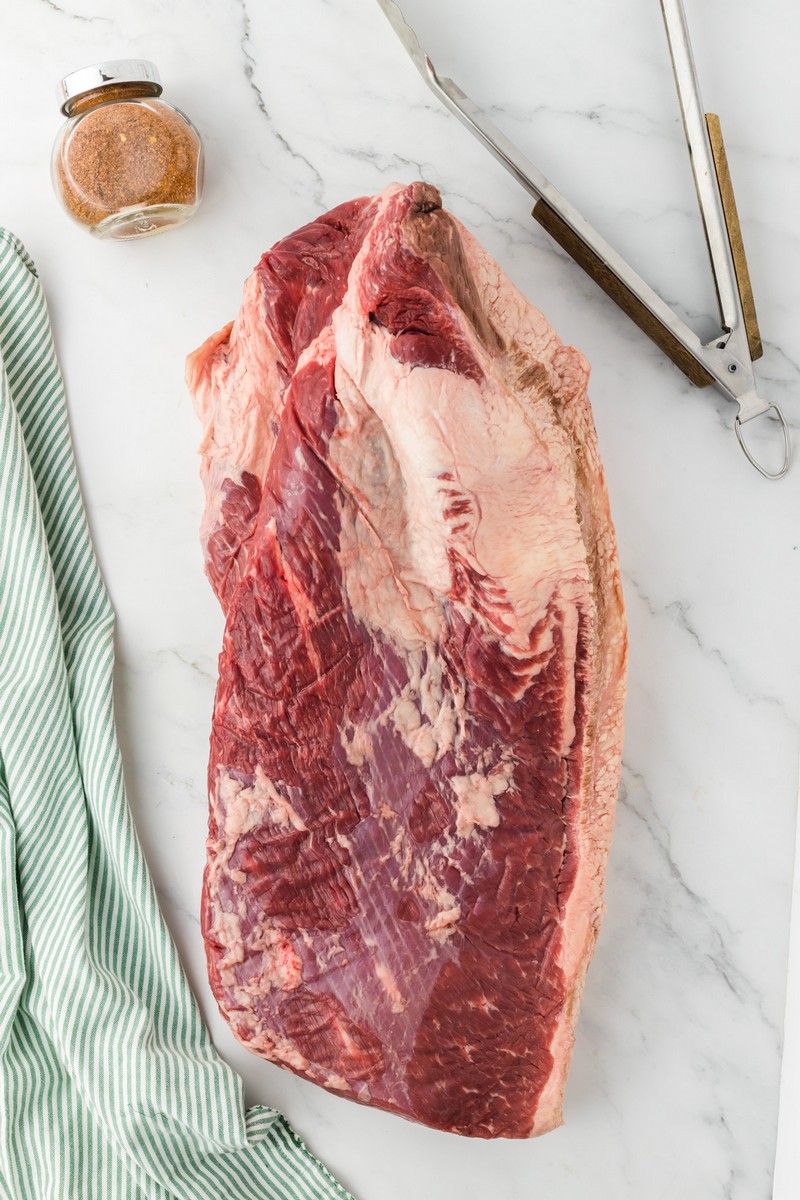
If you’re preparing your first brisket, this whole process can be rather intimidating. But, a beef brisket is actually one of the easiest ways to feed a lot of people with ease. However, there are a few key things to know before you fire up your oven or smoker.
From making a dry rub, marinating the beef, and preparing to cook, the cooking process for brisket is a long time. In fact, most cook times will extend past the 12 hour mark, especially if you are preparing a whole brisket.
After all that cooking time, it’s easy to become impatient and begin slicing and shredding the moment the brisket comes off the heat. However, diving into the brisket before it’s had a chance to rest will be a total waste of a beautiful beef brisket and all of your hard work. Plus, you will likely be left with a dry and chewy result.
What “Resting” Means
The resting process is the method of allowing a piece of meat to sit at room temperature after it’s finished cooking. This allows the natural juices to redistribute for beautifully tender meat. Whether you are smoking, roasting, or grilling, letting the meat rest is essential for a delicious, juicy meal.
Since brisket is a tougher cut of meat, resting is critical for a tender and moist final result. If you slice right into the brisket as soon as it’s finished cooking, juices will escape and leave you with a tough, dry piece of meat.
Typically, resting is encouraged for many large cuts of meat, like a whole turkey, prime rib roasts, pork butts, lamb, briskets, and more. It’s even helpful for smaller cuts like chicken breast, steaks, and pork chops. The resting period helps the meat’s juices to redistribute and reabsorb into the meat for a juicier finished product.
Here’s how it works with brisket: As brisket cooks, the collagen, muscle fibers, and other connective tissue in the meat breaks down. Collagen helps create a thicker liquid in the brisket, which keeps the meat moist. Allowing brisket to rest lets the collagen firm up to thicken the juices inside the brisket.
How to Rest Brisket
The first step to resting meat is removing it from the heat source (grill, oven, etc.). Then, remove any foil or butcher paper. Transfer the brisket to an aluminum pan, cutting board, or other dish that can catch juices, and allow the meat to rest for at least one hour, or until you are ready to serve.
As it rests, the internal temperature of the meat will continue to rise another 5-10 degrees. This is also called “carry-over cooking”. It’s also easy to overcook your meat using this method if you don’t know what you’re doing.
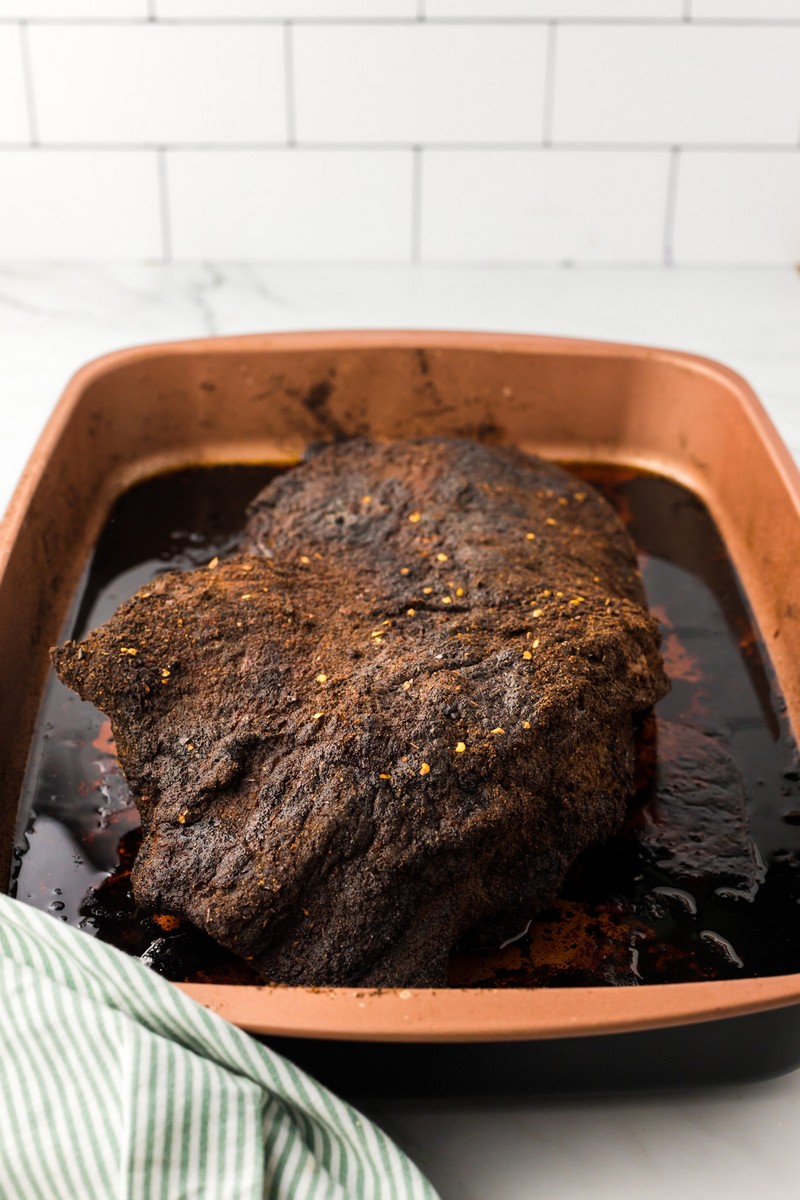
Best Internal Temperature for Brisket
For the best results, the internal temperature of the brisket should reach about 200 degrees Fahrenheit before serving. However, it’s recommended to remove the brisket around 190 degrees. This way, the juices have time to redistribute and the carry-over cooking can increase the temperature without overcooking the meat.
Using an internal meat thermometer is the only way to ensure you are reaching the correct internal temperature.
Tips for Buying Brisket
If you’re cooking brisket for a smaller group of people, you’ll want to start with choosing between the point or the flat.
A brisket point has a stronger beef taste because of the higher fat content, making it super moist. The flat is much leaner and lays flat, hence its name. The flat is much easier to cut/slice and cook.
Opt for a whole packer brisket (the pectoral muscle of the cow) for a large gathering. This cut of meat can yield up to 20 pounds (or more) of brisket. If you don’t have access to a smoker, cooking a brisket in the oven overnight is an excellent way to prepare a whole brisket – practically hands-off!
The ideal brisket should have a good fat cap, as this will aid in keeping the brisket juicy when cooking. It’s also essential to look for a brisket that has a more evenly cut flat. Choosing an uneven brisket can result in the thinner pieces being overcooked and dry.
How long should the brisket rest?
Resting smaller pieces of meat, such as pork chops, steaks, or chicken breast, is much different than resting a brisket. Smaller cuts only require a few minutes of rest time at room temperature, while a brisket needs a one hour rest between before serving time.
No matter the cooking method (smoking, roasting, etc.), cooked brisket should rest for at least one hour but not more than two hours. After more than a couple of hours at room temperature, the brisket starts to get cold, and reheating it can cause it to dry out.
If you are concerned about retaining heat, you can tent it loosely with foil or place a wrapped brisket in an empty cooler.
Note: Do not let brisket rest overnight as it will develop harmful bacteria.
Tips for Brisket
Do you rest brisket wrapped or unwrapped?
For best results, rest the brisket unwrapped as it needs circulating air for this step. Additionally, keeping a brisket wrapped will trap heat in with the meat. This heat will keep cooking the meat, so you’ll likely have an overcooked, dry brisket.
It’s not necessary to cook brisket in butcher paper or aluminum foil; it’s up to you and your preferences. Cooking brisket unwrapped will offer a delicious smoky, charred outside. However, it’s easy for brisket to become dried out when cooking it this way.
Wrapped brisket helps trap the moisture inside the meat and allows you to cook the outside bark to your desired appearance. If you’re debating butcher paper versus aluminum foil, butcher paper will help create a moister brisket.
Should I rest my brisket in a cooler?
You can rest your brisket in a cooler if you’re cooking your brisket further in advance. A cooler helps the brisket maintain its heat for longer by slowing down the cooling process. This means the brisket can stay at a safe temperature for longer before you cut into it.
If you’re planning on eating brisket 1-2 hours after cooking it, you can rest it in a room temperature setting, like on a cutting board.
What temperature should a brisket be after resting?
Brisket should be removed from the heat at around 190°F to reach the ideal temperature of 203°F during the initial resting period. It’s common for meat to rise a few degrees as it’s resting (known as carry-over cooking), so it’s necessary to remove it slightly before it reaches the ideal internal temperature.
What to serve with brisket
- White Alabama BBQ Sauce
- Pickled Onions
- Pasta Salad
- Baked mac and cheese
- Twice baked potatoes
- Smashed red potatoes
More side dishes…


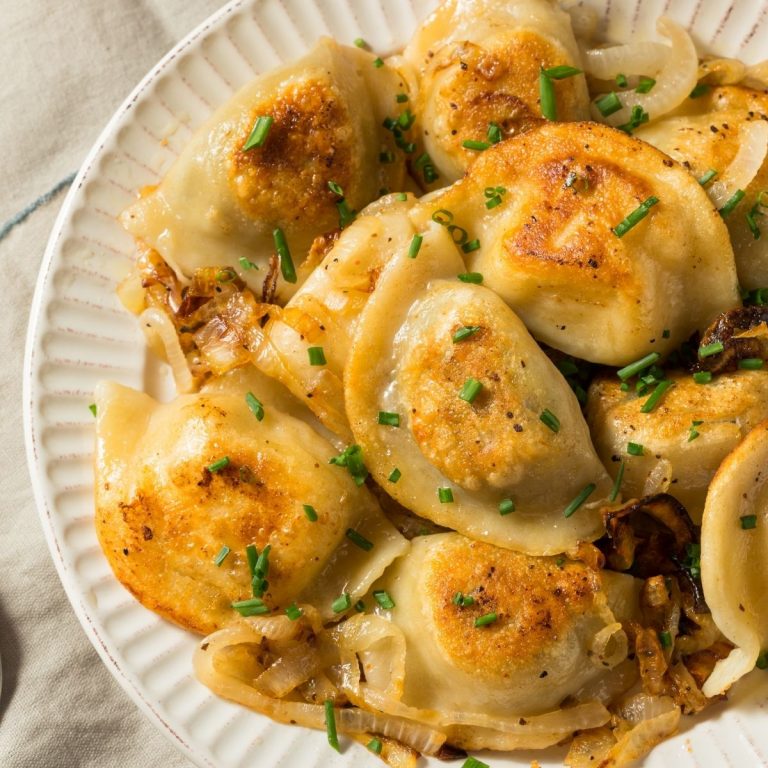
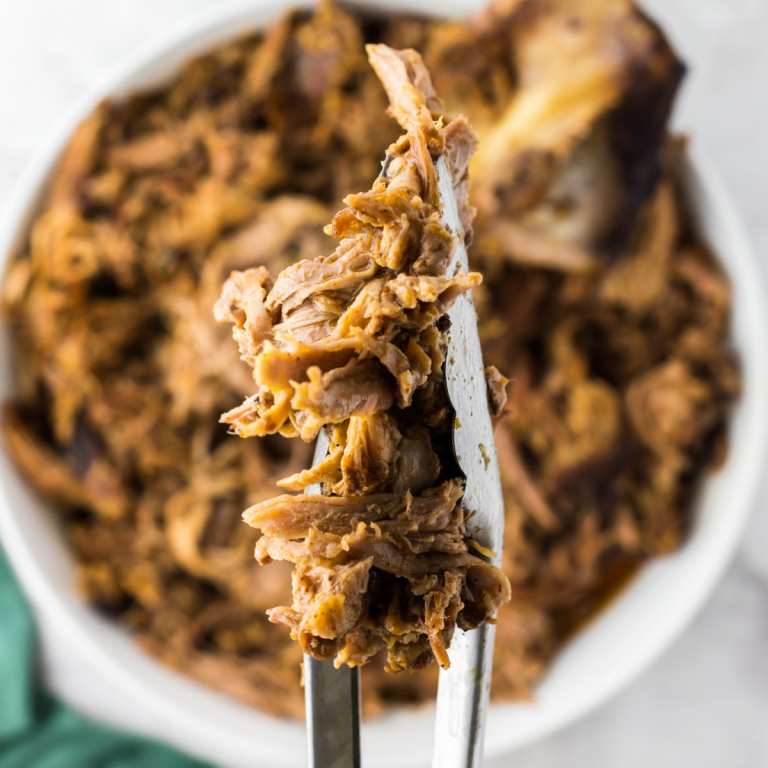
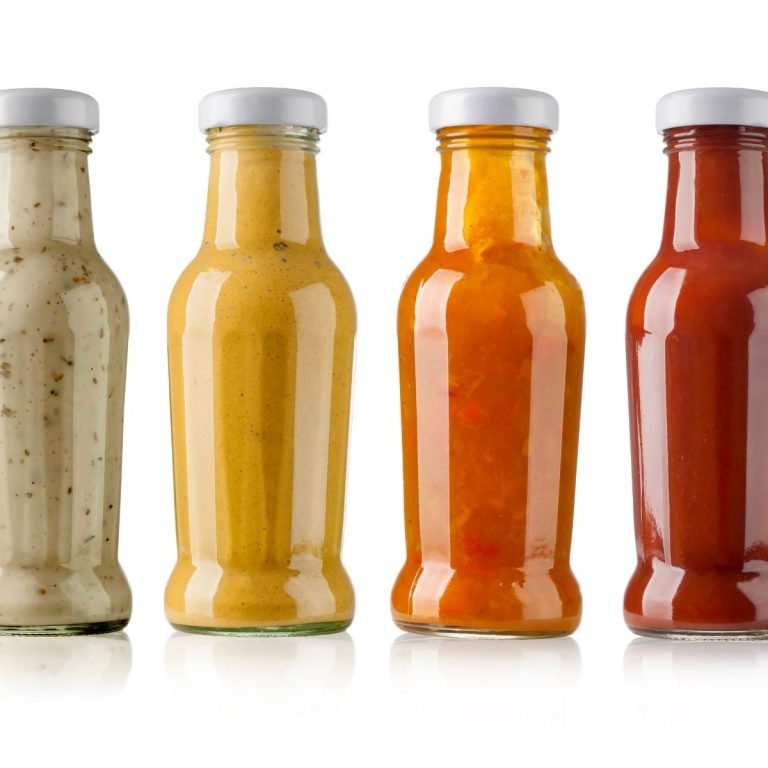
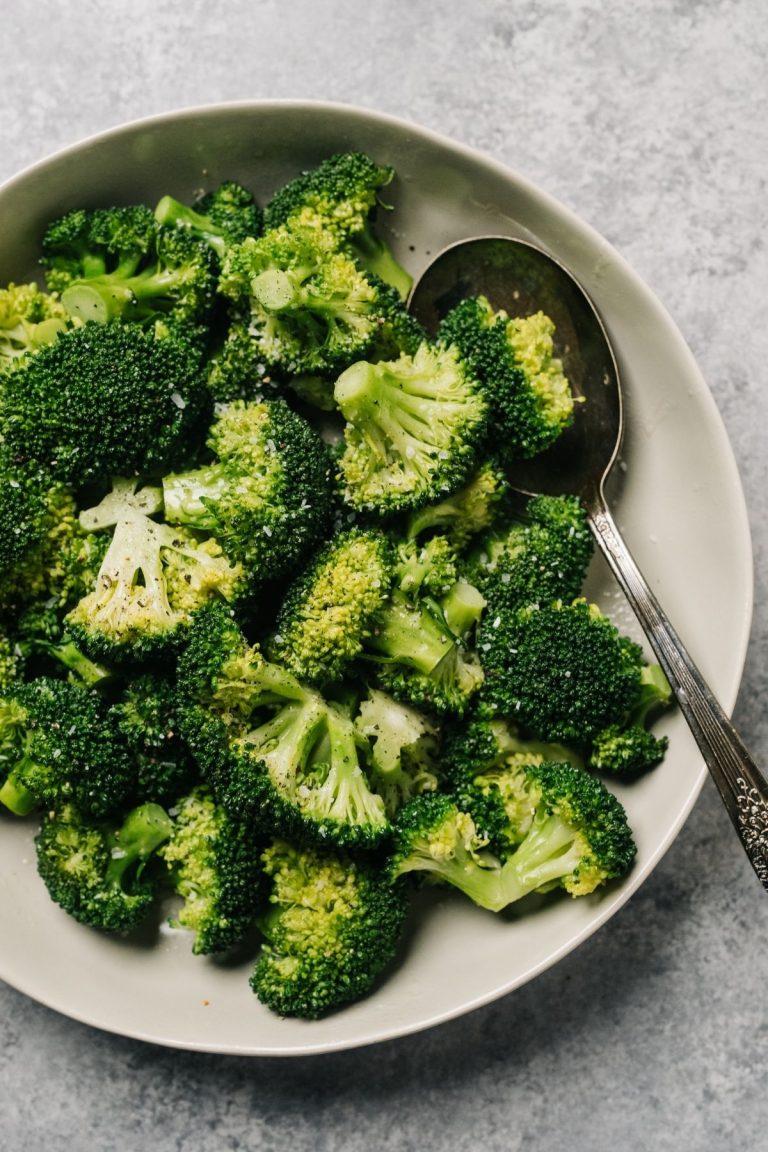
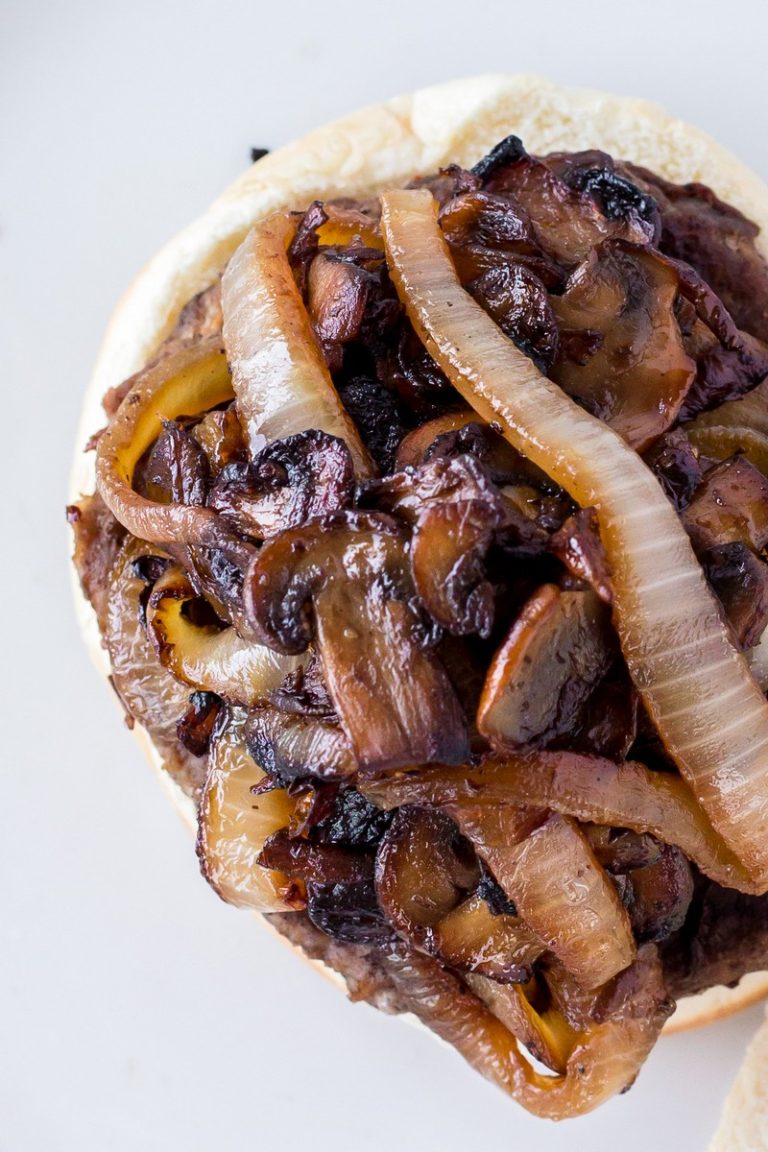
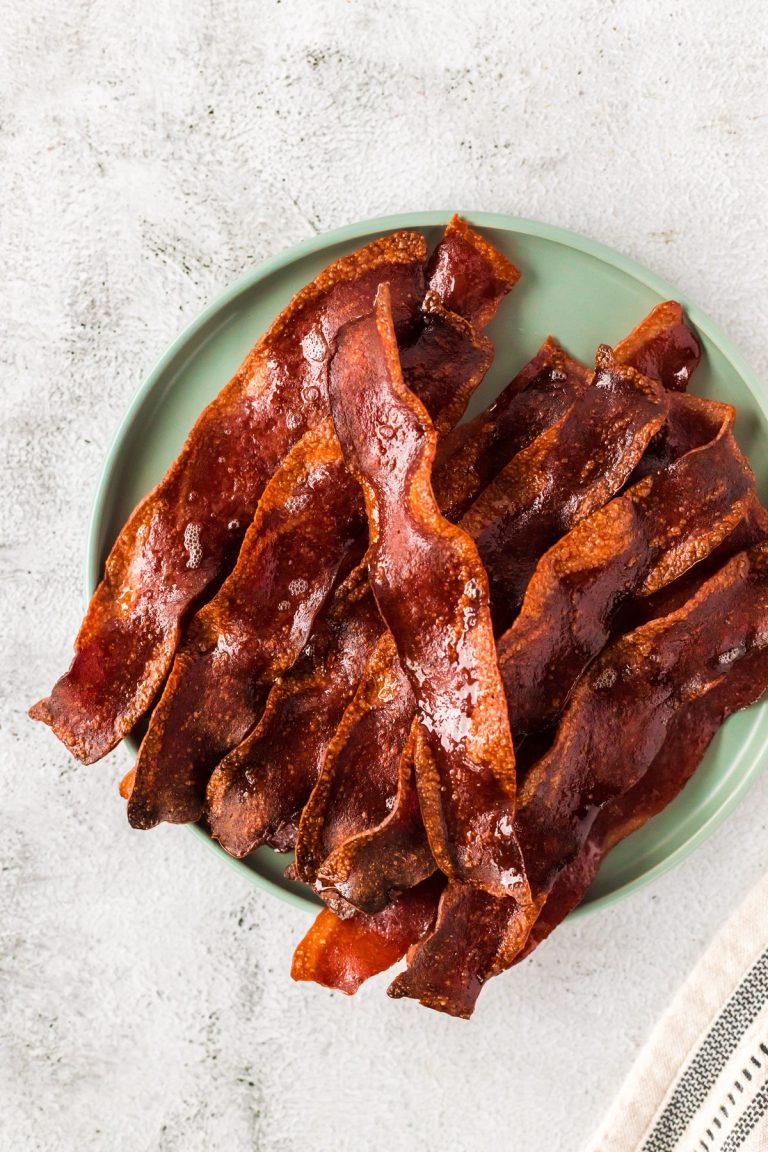
3 Comments